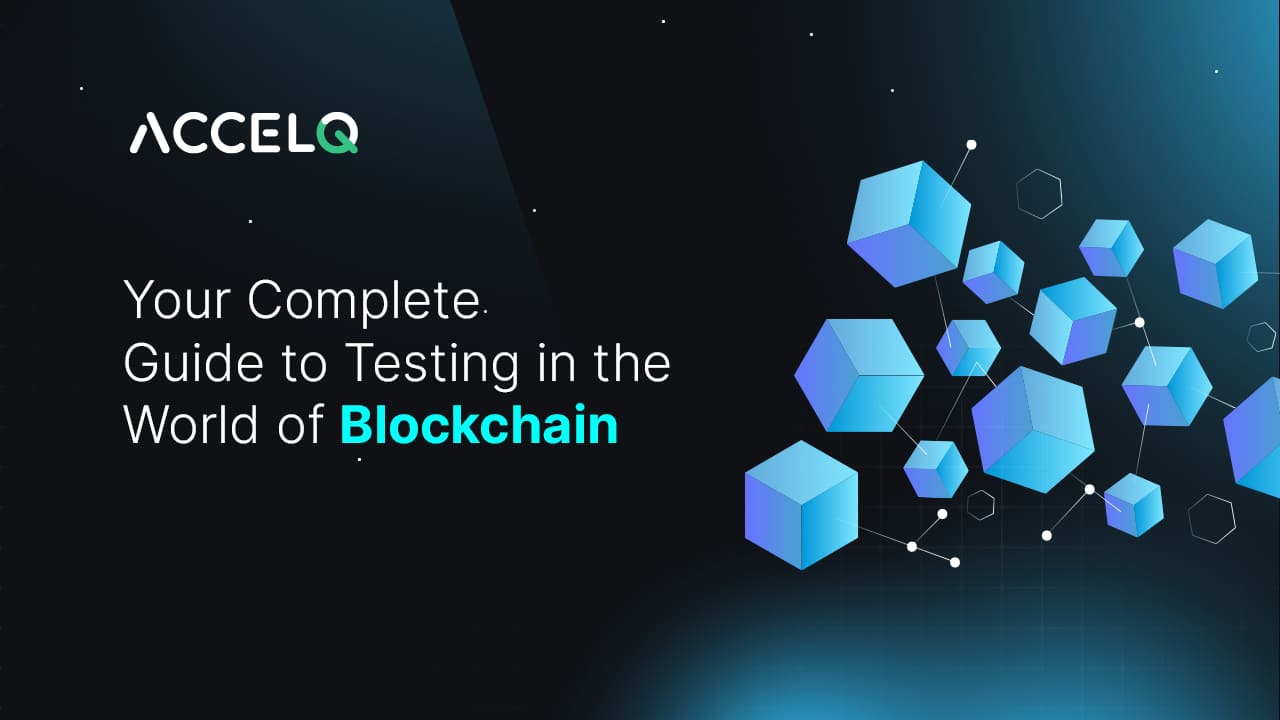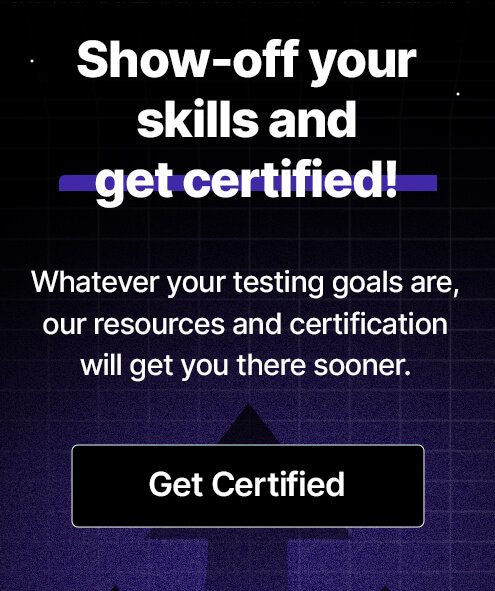Your Complete Guide to Testing in the World of Blockchain

In 2008, Satoshi Nakamoto introduced the concept of decentralized blockchain for the very first time. Today, companies worldwide are transitioning towards blockchain-based data storage. By organizing data into encrypted blocks, blockchain technology enhances data security, ensuring that information remains protected and safeguarded.
To that end, this guide focuses on the testing of blockchain applications. It covers the following:
What is Blockchain Testing? (The QA Perspective)
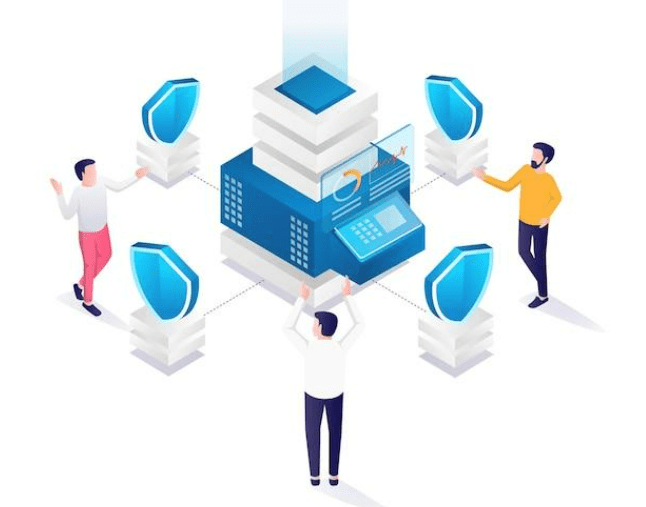
A blockchain has several integral components like blocks, nodes, wallets, hashes, nonce, smart contracts, etc. Blockchain testing is the testing of these functional components of a blockchain.
So, blockchain testing is critical to validating various blockchain applications, such as faster and cost-effective payment processing, enhanced privacy through encryption of patient health records, and more.
As it stands, the ideal way to approach blockchain testing involves considering the entire environment. This includes testing blockchain applications on mobile and web platforms and ensuring interaction with the functional components of the blockchain system, such as APIs, smart contracts, and nodes.
Download the 100% Free Guide
Master the essentials of advanced approach
to object recognition.

Do We Need Blockchain Testing?
Blockchain testing is critical for various reasons. For example, it:
- Eliminates defects in a decentralized ledger, ensuring the proper functioning of the blockchain ecosystem.
- Validates all the entities involved in the system, promoting secure usage of blockchain technology and its infrastructure.
- Enables the implementation of smart records and enhances security against fraud. Any alteration in a block would invalidate subsequent blocks, maintaining the system’s integrity.
- Provides valuable insights into the performance of the blockchain application under different workloads and network conditions.
Things We Need to Test in a Blockchain
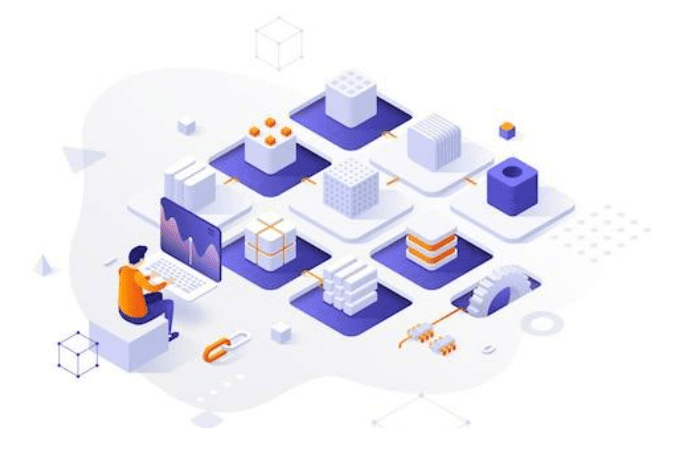
When testing a blockchain, evaluating the following crucial aspects is necessary to ensure its proper functioning.
- Block Size: Test the functionality of blocks exceeding the 1 MB limit.
- Chain Size: Assess the performance and scalability of the blockchain as the chain size grows over time.
- Load: Test the blockchain’s performance under high transaction loads to ensure optimal functionality.
- Security: Validate the multi-layered security system and ensure one layer’s compromise does not impact others.
- Data Transmission: Verify the flawless transfer of encrypted data without loss or interruption.
- Addition of Blocks: Test the block addition system to ensure secure and authenticated block inclusion.
- Cryptographical Data: Validate proper encryption and decryption processes, as cryptography is fundamental to blockchain technology.
What Are the Different Types of Blockchain Testing?
These are several types of testing performed in the blockchain domain, each serving a specific purpose in ensuring the reliability, security, and performance of blockchain-based systems and applications.
Functional Testing
Functional testing verifies that the blockchain application and its components, such as transactions, data storage, and smart contracts, perform as intended and meet the specified requirements.
Performance Testing
Performance testing assesses the scalability, responsiveness, and efficiency of the blockchain system under various workloads and network conditions. It helps identify any bottlenecks or performance issues.
For instance, it assesses how the blockchain handles a high volume of transactions.
Security Testing
Security testing aims to identify vulnerabilities and weaknesses in the blockchain system to ensure its resilience against attacks, data breaches, and unauthorized access. It includes testing for encryption, authentication mechanisms, access controls, and overall system security.
Smart Contract Testing
Smart contract testing focuses on testing the functionality, accuracy, and security of the smart contracts deployed on the blockchain. In essence, it ensures that the smart contracts execute as intended and are free from any coding errors or vulnerabilities.
Integration Testing
Integration testing evaluates the seamless interaction and communication between different components and systems within the blockchain ecosystem. It ensures that data flows correctly and that the integration of external systems or APIs functions properly.
Do more with Test Automation
Discover more ways to add ‘low-code no-code‘ test automation in your workflows
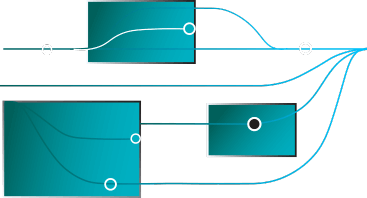
Taking a QA Approach to Blockchain Testing
A few years ago, an analysis pointed out that 92% of blockchain projects had failed. Of course, this might have been due to multiple reasons. But it does stress the fact that a QA approach to blockchain-based products is critical. So, how can businesses take a QA approach to blockchain testing? Let's understand:
Deciding on the Testing Approach
When testing blockchain, selecting the right approach based on project needs is crucial. The chosen approach determines the extent of testing and ensures a thorough evaluation of the blockchain application.
Black box testing is commonly used to assess the system's external behavior. Testers evaluate functionality and performance without knowledge of internal workings. On the other hand, white box testing involves testing from a developer's perspective. Testers access the internal structure and code, verifying individual components.
Then there is gray box testing, combining the advantages of black and white box testing. Here, testers have partial knowledge of internals while focusing on external behavior. Factors like complexity and desired test coverage guide the choice of testing approach.
QA professionals carefully select the most suitable approach to ensure the blockchain application's reliability and robustness.
Proceeding in Phases: Design, Plan, Result
When adopting a QA approach to blockchain testing, it is crucial to follow a phased approach for effective evaluation and successful outcomes.
In the design phase, a testing strategy is crafted, outlining the objectives, scope, and requirements of the testing process. Test scenarios and cases are also developed to target specific aspects of the blockchain application.
After that, the planning phase involves creating a comprehensive plan for executing the testing. This includes defining the test environment, allocating resources, and establishing a timeline for testing activities. In essence, the planning stage ensures systematic and efficient testing.
Finally, in the result phase, the actual testing takes place based on the designed strategy and plan. Testers execute test cases, record observations, and identify any issues or defects. The results are then analyzed to assess the blockchain application's performance, functionality, security, and reliability.
Selecting the Right Tools and Frameworks
Of course, selecting suitable tools and frameworks is essential for successful blockchain testing. By utilizing the right resources, QA teams can effectively evaluate and verify the blockchain application and enable efficient and accurate identification of potential issues or vulnerabilities.
Are There Any Challenges to Be Aware Of?
Blockchain testing can pose several challenges. These must be taken into account.
Limited Blockchain Expertise
One of the main challenges is the lack of expertise among developers in blockchain testing. Training developers and building their expertise in this domain is crucial for achieving optimal testing results.
Cost and Time Constraints
Blockchain testing can prove expensive and time-consuming. Therefore, adequate resources and planning are important before embarking on the testing journey.
Lack of Specialized Tools
The availability of specialized tools for blockchain testing is limited. This often leads to teams developing their own devices and frameworks, resulting in a lack of standardized testing approaches.
Framework Variety
Different blockchain frameworks, such as Ethereum and Hyperledger, have their unique requirements and characteristics. Hence, finding a testing solution that works seamlessly across all frameworks can prove challenging.
Lack of Standardization
There is a lack of standardization in blockchain testing, including technical, functional, and legal aspects. This can lead to issues and consistency in the testing process.
What's the Way Forward?
To summarize, organizations must take a QA approach to blockchain testing to avoid setbacks. Notably, awareness of the above-mentioned challenges can help QA professionals in devising strategies and solutions that address them effectively. Once they do that, they can ensure thorough and reliable testing of blockchain applications.
However, for the QA team to realize success with blockchain testing, it's important that they have the right tools and technologies in place. That's where ACCELQ comes into the picture.
ACCELQ, an AI-powered codeless test automation platform, can improve the speed and efficiency of your software testing initiatives. Sign-up today for a free trial!
Geosley Andrades
Director, Product Evangelist at ACCELQ.
Geosley is a Test Automation Evangelist and Community builder at ACCELQ. Being passionate about continuous learning, Geosley helps ACCELQ with innovative solutions to transform test automation to be simpler, more reliable, and sustainable for the real world.
Related Posts
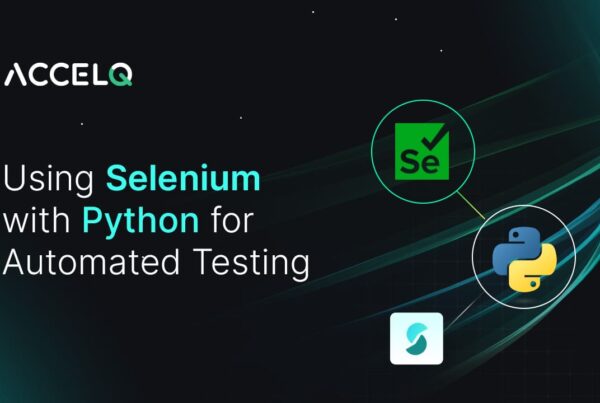 Using Selenium with Python for Automated Testing
Using Selenium with Python for Automated Testing
Using Selenium with Python for Automated Testing
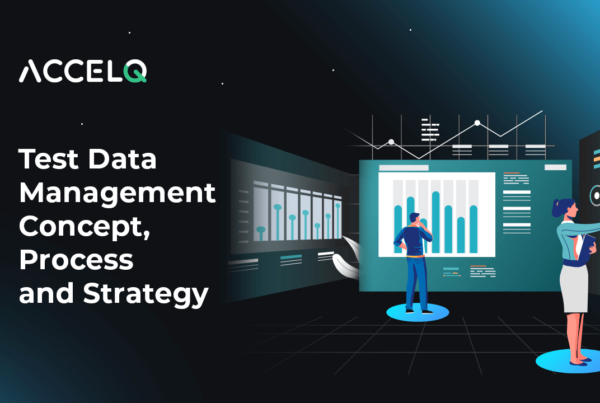 Understanding Test Data Management, its challenges, tools, and techniques.
Understanding Test Data Management, its challenges, tools, and techniques.
